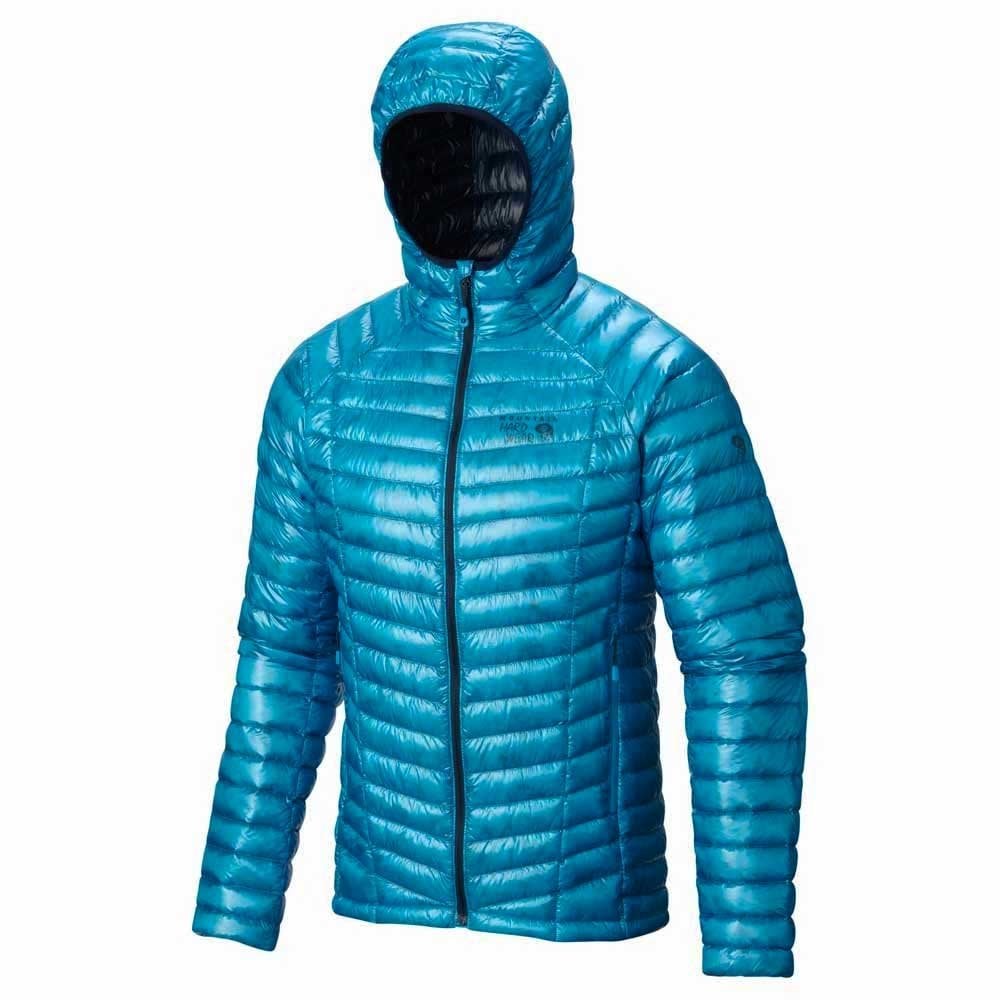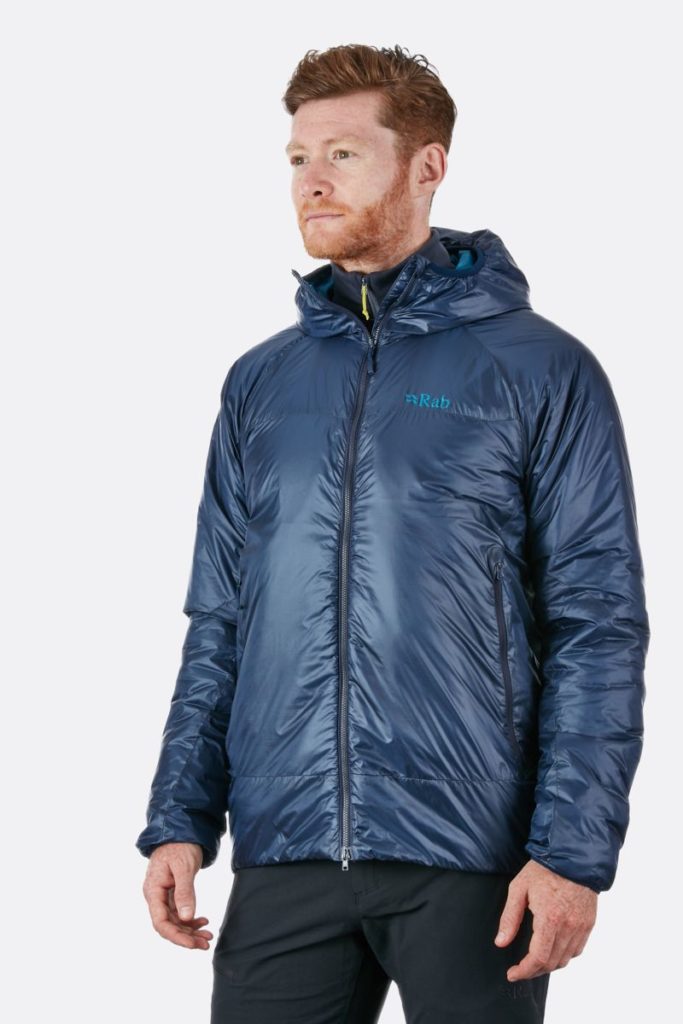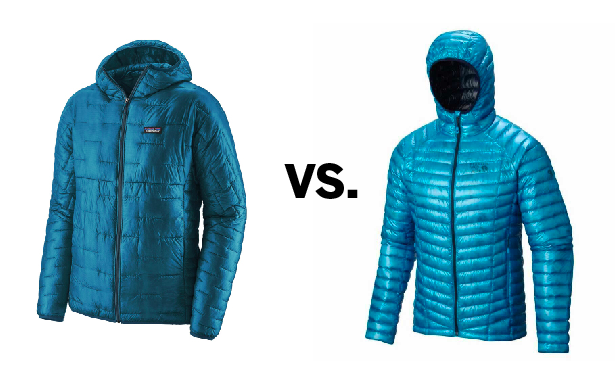It was a sort of outdoor industry pipe-dream: a synthetic fill that was a light and warm and compressible as down, but didn’t collapse in the face of rain. Didn’t need careful washing. And didn’t involve seeking out dead ducks and geese in far-off countries.
And it’s sort of here: Patagonia’s PlumaFill as used in the original Micro Puff jacket and the Macro Puff we’ve just reviewed, sort of does it all. It has a claimed warmth-to-weight ratio equivalent to something like 900-fillpower down and retains virtually all of its loft even when soaked. It dries fast. And it doesn’t need a degree in laundry studies to keep it happy.
On top of that, Patagonia says that it can survive hundreds of wash cycles without losing performance. Bingo! Holy Grail totally, erm, grailed. There is a down side (sorry) though, Patagonia’s lightweight down equivalents cost as much or more than down itself. The Nano Puff Hoody is brilliant, but has an SRP of almost £400. Oooops.

Mountain Hardwear Ghost Whisperer
NOT QUITE AS IT ‘SEAMS’…
But here’s the thing. Lightweight synthetics were always deceptively effective by a quirk of construction. Most ultra-lightweight and even merely ‘lightweight’ down jackets use a construction called ‘stitch through’ where seams between down compartments create localised cold spots. Not only that, those same seams let the wind through, so while your micro-baffled, multi-tubed down jacket may be light and look very cool, it may also not be quite as warm as you might think.
Meanwhile synthetic insulation traditionally comes in sheets or bats. Oddly that means it doesn’t need to sit in compartments, so no stitch-through seams, no cold spots without insulation. No wind permeable lines of sewing. So while the outdoor industry has never really crowed about it, the reality is that an ultralight traditional synthetic insulated jacket can actually be warmer than a lightweight, micro-baffled down equivalent. My favourite lightweight insulation piece isn’t some 1000-fillpower down exotica, but an original Rab Xenon jacket with a super-light Pertex Quantum GL outer and a light Primaloft fill. In real life use, it’s deceptively warm in a way it has no obvious right to be. Meanwhile any number of similar down jackets have turned out to be deceptively not as warm. And the Xenon doesn’t care about rain or damp or nasty, wet, sleety snow of an indeterminate variety.

Rab Xenon Jacket
With heavier, super warm jackets, down is still the way to go. Moreover, the irony of a lot of synthetic fills that ‘work just like down’ is that they need, like down, to be housed in stitched compartments, to stop the fill from moving around. So they have all the same weaknesses, along with the same, cool, down-like look. Oh, and another thing, lightweight down may be susceptible to damp denigrated performance, but bigger, denser wads of down, may be less vulnerable to rain that you might think.
LESS COLD SPOTS
All of which brings us neatly back to PlumaFill , which it turns out works more like a traditional synthetic, in that it needs less stitching to hold it securely in place, so the jacket itself has more uniform insulation and reduced cold spots and wind ingress.
So, the big answer? Yes, synthetic insulation has sort of caught up with down in the form of PlumaFill , but the asking price has caught up too. But here’s the thing, in the case of lightweight synthetic insulation in particular, synthetics may never really have been that far behind in the first place.






